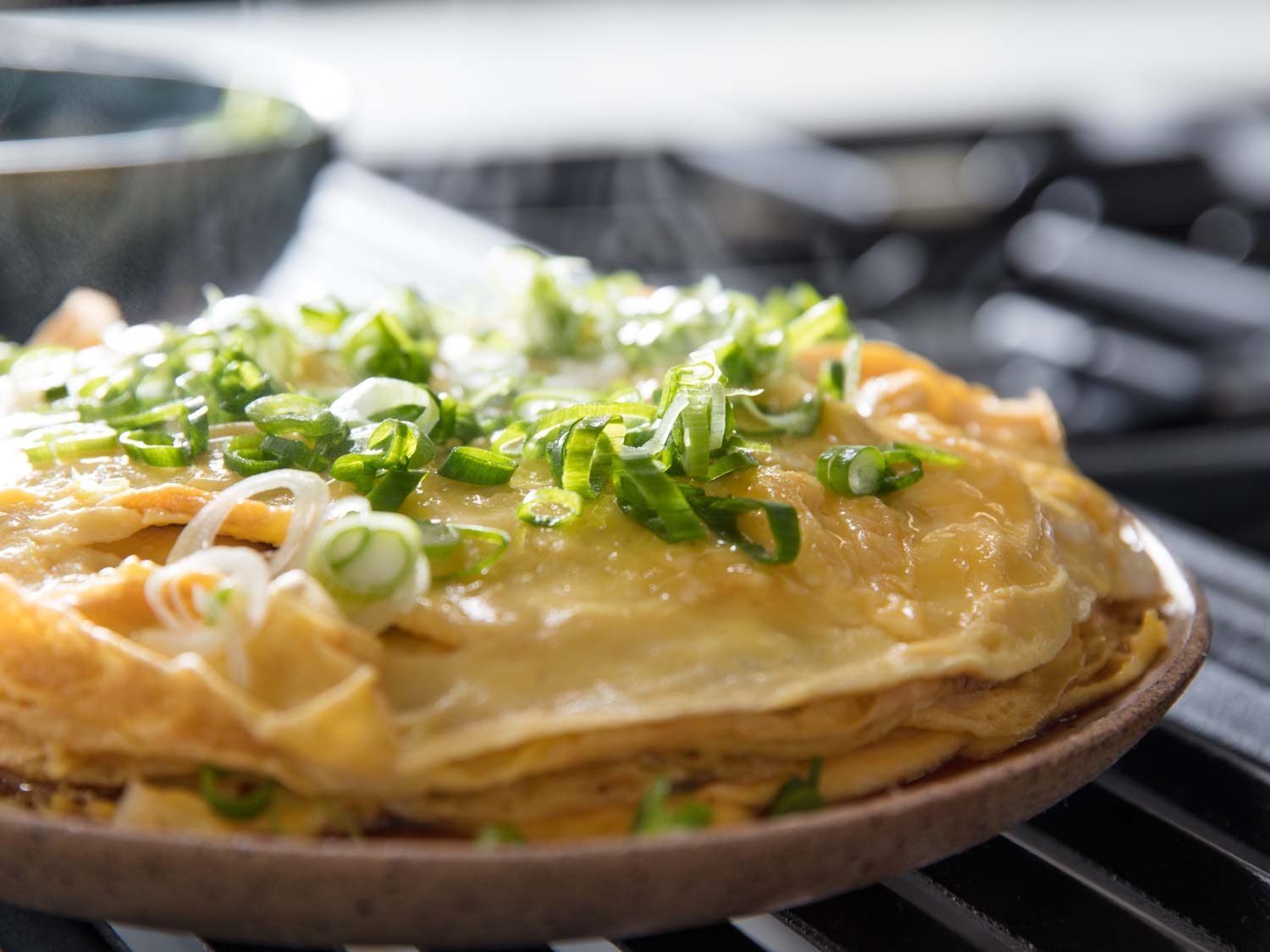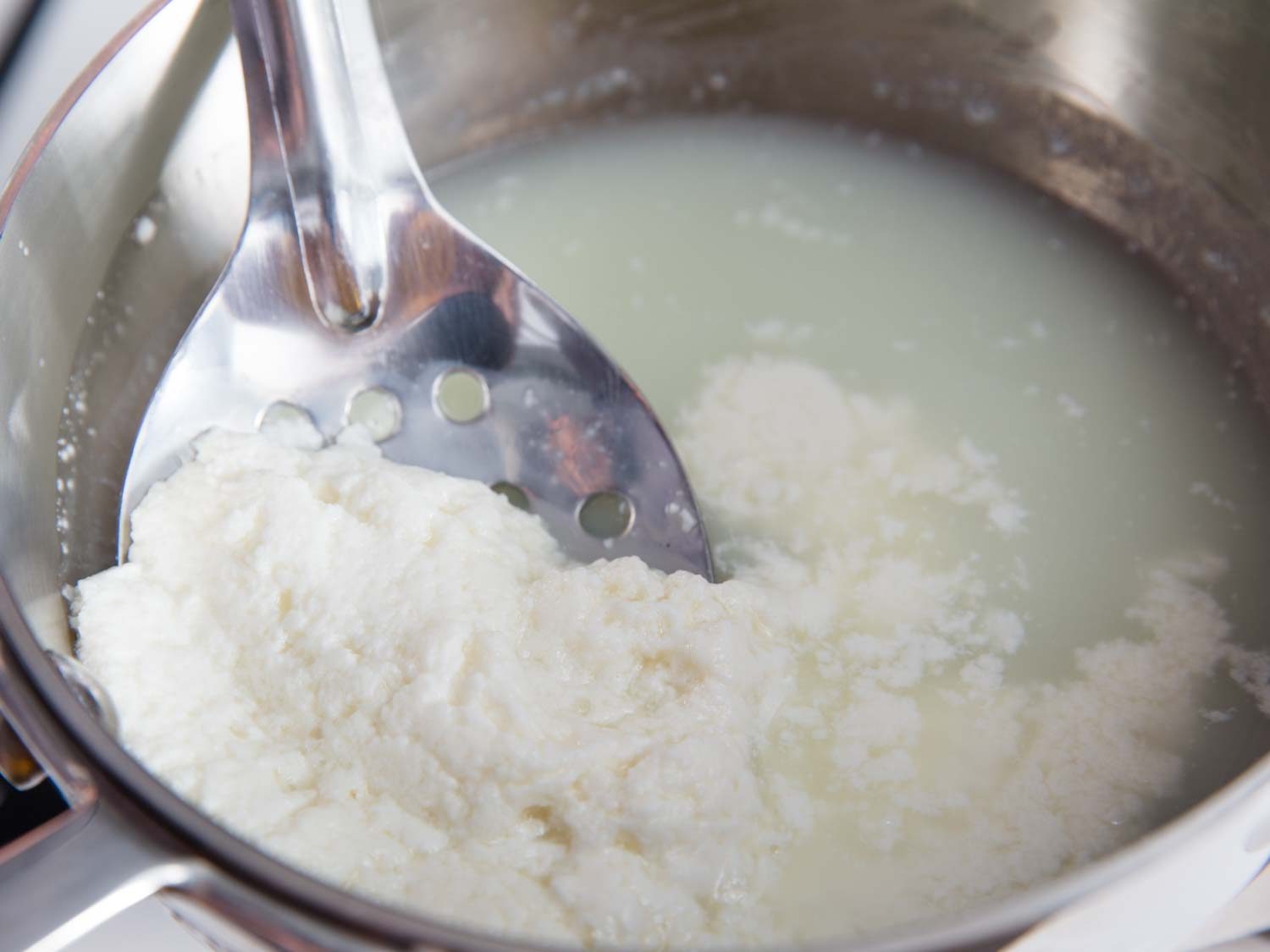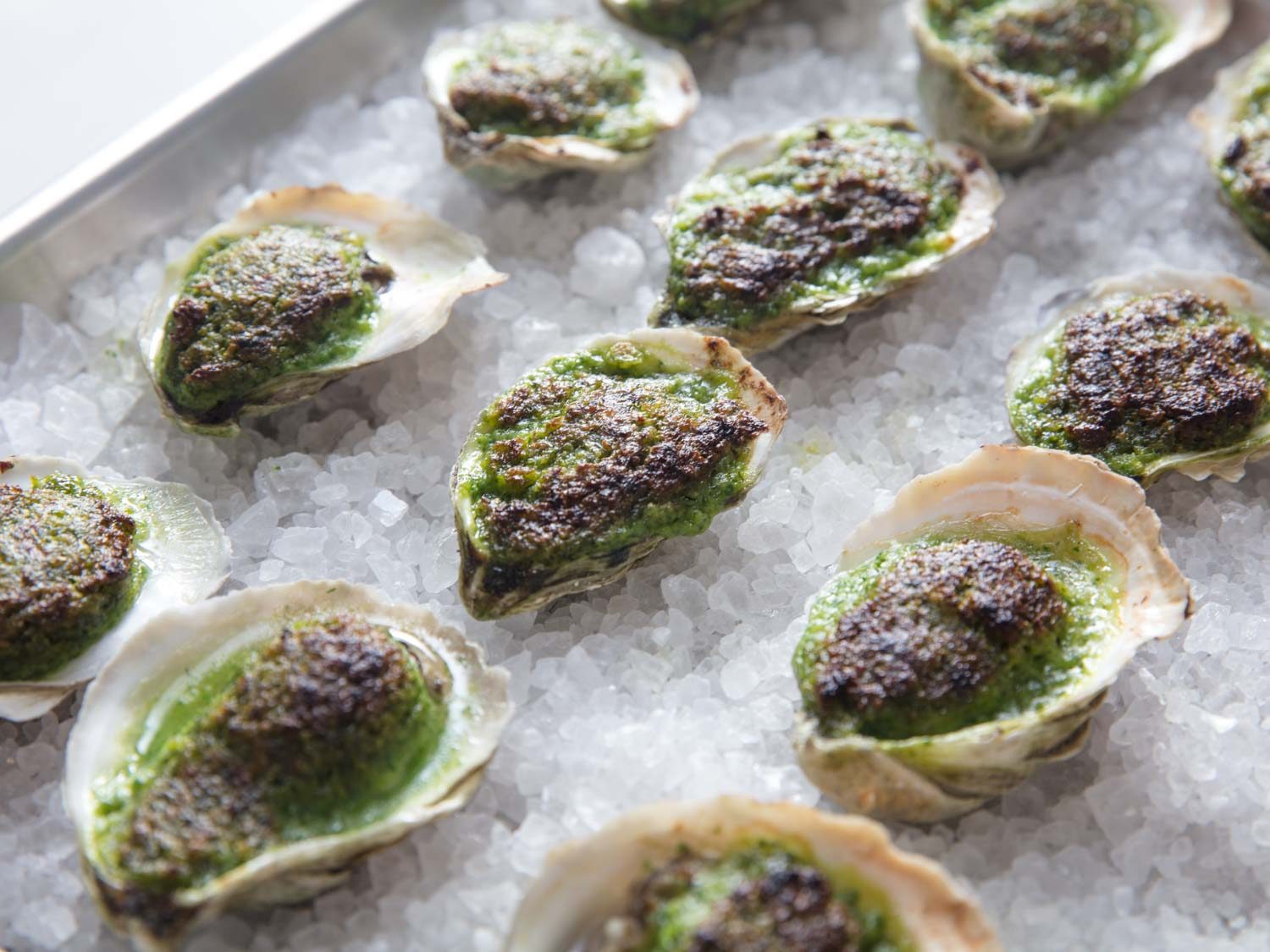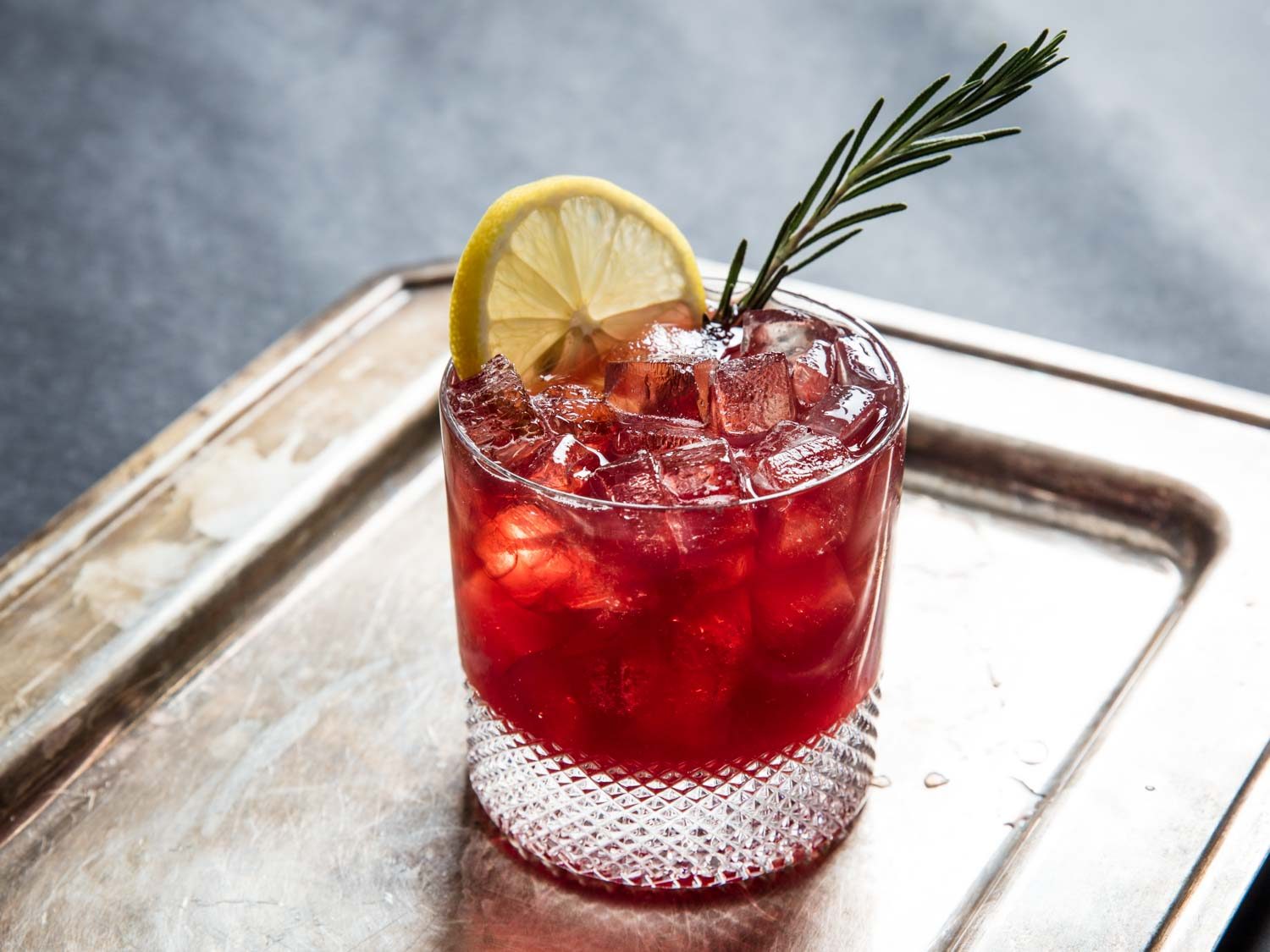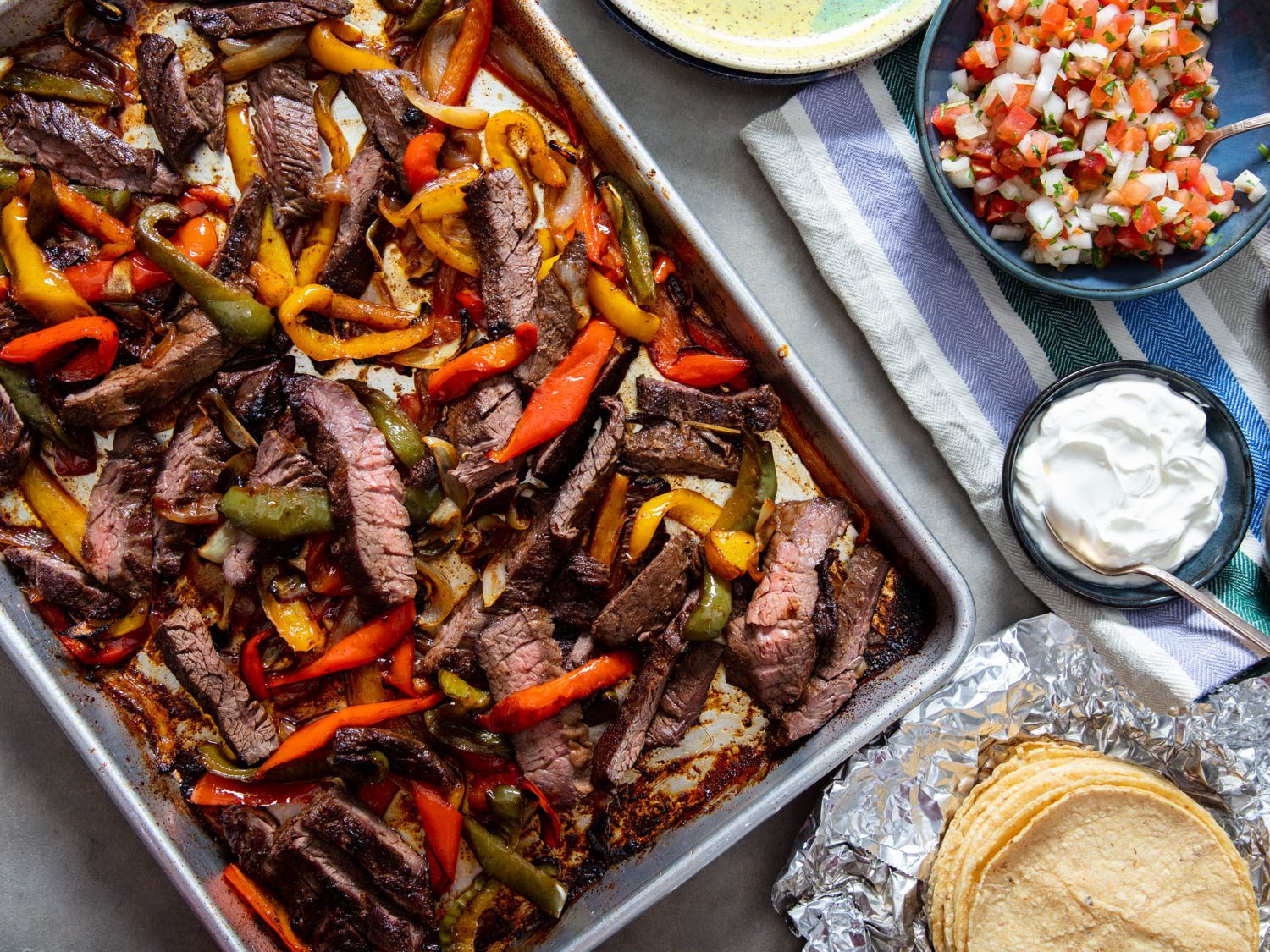
[Photographs: Vicky Wasik]
Adapted from Kenji’s grilled skirt steak fajitas recipe—with its rich and flavorful lime, soy sauce, and cumin-spiced marinade—this version reworks the technique so that all you need is an oven and a single sheet pan. The best part about making these fajitas on a sheet pan, aside from the quick and easy prep and cleanup, is that it yields a large serving size to feed a crowd, or a very hungry few.
The key is to use the oven’s broiler to brown and char the quick-cooking skirt steak. Because home-oven broilers don’t offer as much searing heat as a grill can, there’s a risk of overcooking the meat while trying to get both sides to brown. To avoid this, we employ what’s called “unilateral cooking,” searing the steaks under the broiler on only one side to maximize that side’s browning potential for a deeply roasted flavor; they’re then flipped and cooked very briefly on the other side only for food-safety purposes.
Regular Serious Eats readers know that we always recommend using an instant-read thermometer to judge the doneness of your meat. In the case of skirt steak, though, our experience is the cut is often too thin to get a reliable measurement with a thermometer. For that reason, the recipe does not list doneness temps, but instead aims to maximize browning, which in most cases will coincide with the steaks reaching a good doneness level; if your steaks are underdone, the recipe gives you the chance to finish cooking it at the end after slicing. Still, for anyone who is confident they can temp their skirt steaks properly, here are our recommended temperatures at the center of the thickest part: 115 to 120°F (46 to 49°C) for medium-rare or 125 to 130°F (52 to 54°C) for medium.
This recipe also offers the option of using a preheated baking steel or baking stone, which injects heat up into the sheet pan from below. If you opt for that method, just note that throughout the recipe there are a few small changes to the process (such as no need to flip the steak at all), and you will need to keep an even closer eye to avoid anything burning on the bottom of the sheet pan. Don’t be alarmed if your sheet pan buckles when on the hot steel or stone; in our experience, a good aluminum rimmed baking sheet always returns to its normal form on its own.
As with all sheet-pan recipes, it’s important to know your oven well and to adjust accordingly. Some broilers are woefully underpowered, in which case you may be better off using only a preheated baking steel or baking stone with the oven at its highest heat setting. Others may be unusually strong, in which case you may need to lower the oven rack just a bit (if you use a baking stone with an oven rack at its highest position, it’s possible you won’t have the clearance to insert your sheet pan below the broiler element; in that case, lower the oven rack as needed).
Published at Tue, 07 Jan 2020 10:30:50 +0000

